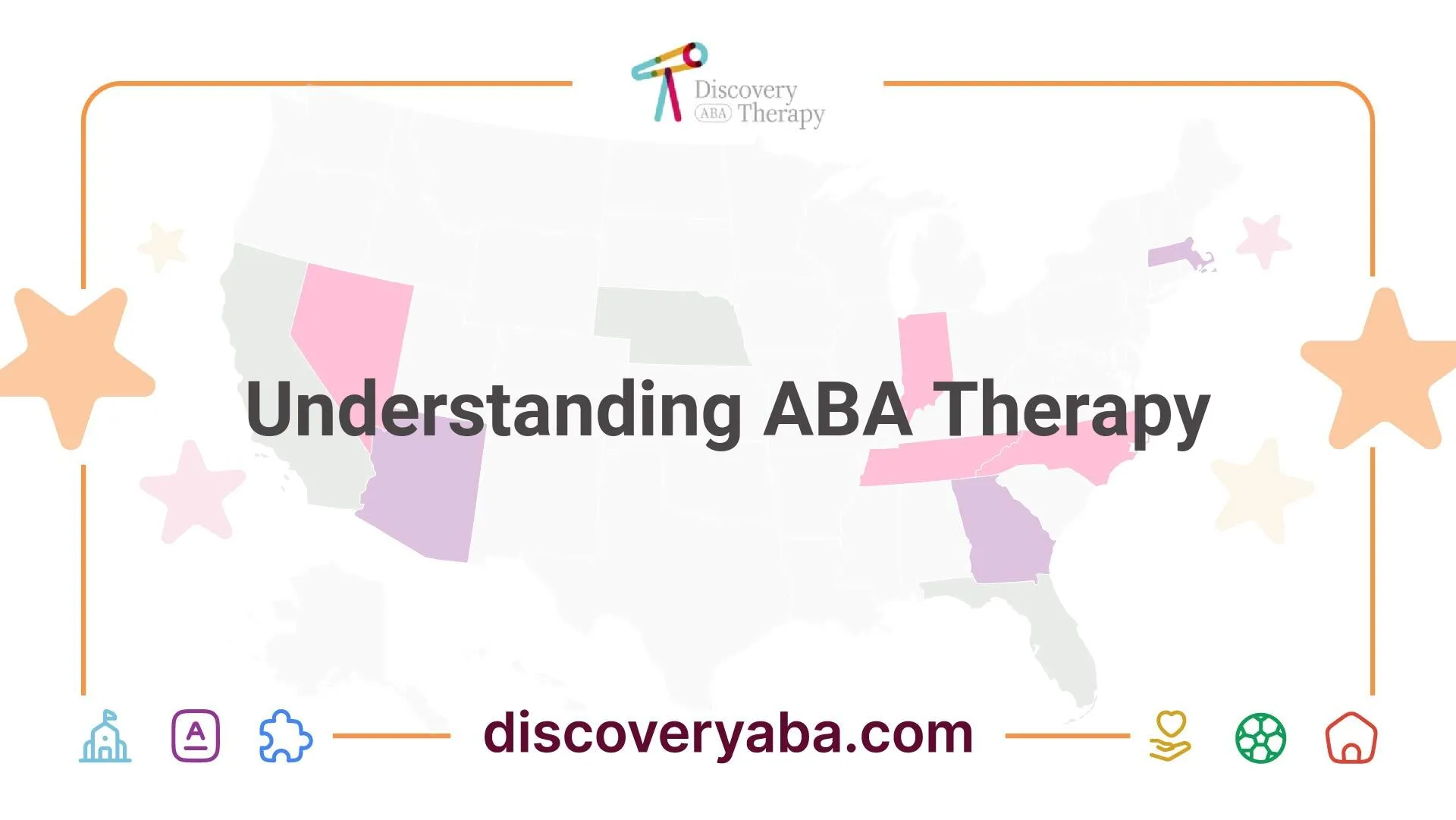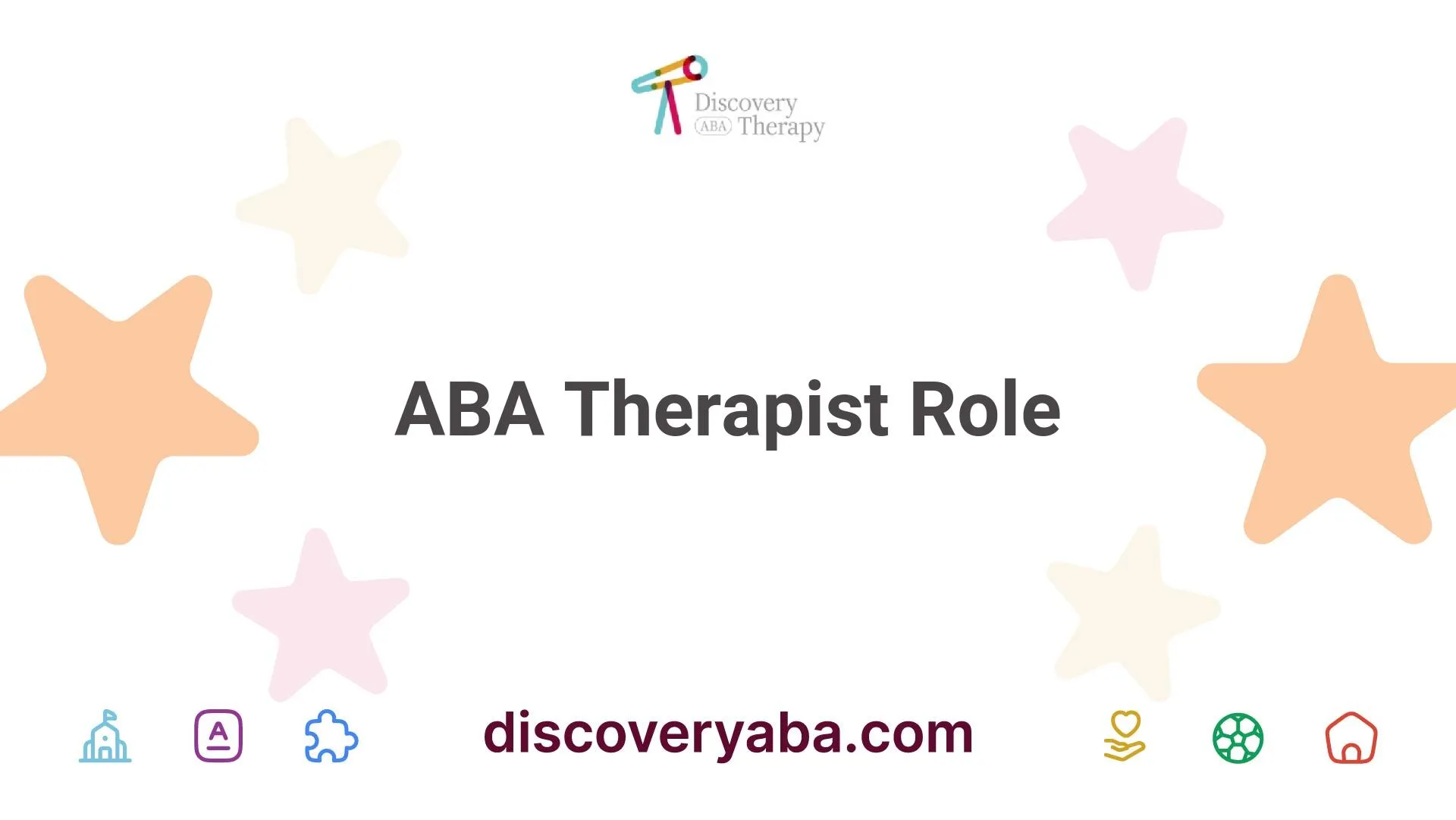What to Anticipate in Therapy Sessions
Discover what to expect during ABA therapy sessions, from techniques to benefits, for effective support.


Understanding ABA Therapy
Basics of ABA Therapy
Applied Behavior Analysis (ABA) therapy is a structured approach aimed at enhancing beneficial behaviors while reducing harmful ones. This method is scientifically grounded, focusing on measurable data to inform therapy decisions. ABA techniques work to improve specific skills and behaviors in children with autism, emphasizing objective assessment as a fundamental component of the practice.
ABA therapy employs various strategies that can be tailored to meet the unique needs of each individual. These strategies often include positive reinforcement, where desirable behaviors are rewarded to encourage their recurrence.
AspectDescriptionFocusIncreasing helpful behaviors and decreasing harmful onesApproachScientifically supported, data-driven techniquesCustomizationIndividualized strategies based on needs
Benefits of ABA Therapy
ABA therapy offers numerous advantages for individuals with autism spectrum disorder. One significant benefit is that while children learn and grow through therapy, parents can observe the sessions, gaining insights and techniques to support their child's development in everyday situations. This involvement reduces parental anxiety about their child's welfare during therapy.
Additionally, ABA is effective across all ages, helping both adolescents and adults with autism achieve greater independence and manage challenging behaviors. The therapy is meticulously crafted to suit individual needs, allowing participants to work towards their personal goals effectively [3].
BenefitDescriptionParental InvolvementParents learn techniques during sessions, enhancing supportAge InclusivityEffective for all ages, from children to adultsIndividualized PlansTailored approaches to meet specific developmental goals
For more information on how ABA can assist with specific challenges such as anxiety and social skills, explore our articles on aba for anxiety in adolescents with autism and benefits of aba therapy for social skills development.

ABA Therapist Role
Understanding the role of an ABA therapist is essential for those considering therapy. ABA therapists are trained professionals who work closely with individuals with Autism Spectrum Disorder (ASD) to implement effective treatment strategies.
Responsibilities of ABA Therapists
ABA therapists have several key responsibilities in the therapy process. They work directly with clients, their families, and a multidisciplinary team to create individualized treatment plans. Their responsibilities include:
These responsibilities ensure that therapy is tailored to meet the unique needs of each individual, promoting effective learning and development. For more information about behavior management strategies, see our article on how ABA therapy supports positive behavior changes.
Qualifications for ABA Therapists
Becoming an ABA therapist involves meeting specific educational and training requirements. This process generally includes:
Having a qualified ABA therapist is vital for a child's development, as parents can learn from observing the therapy sessions. This participation can alleviate concerns about their child's wellbeing, knowing they are receiving appropriate support.
The recommended hours for ABA therapy can vary significantly based on the individual's needs. Generally, children may attend therapy from 10 to 30 hours per week, with some studies suggesting that those under age three with an ASD diagnosis benefit from 25 to 30 hours of therapy each week [4]. For maximizing developmental benefits, ideal therapy may involve 30 to 40 hours weekly to help close the learning gap compared to neurotypical peers.
Overall, the qualifications and responsibilities of ABA therapists are essential elements that contribute to achieving positive outcomes in individuals undergoing ABA therapy. For further insights on therapy sessions, visit our article on what to expect during ABA therapy sessions.
ABA Therapy Techniques
ABA therapy incorporates various techniques designed to facilitate learning and behavioral improvement. Two prominent techniques used in sessions are Positive Reinforcement and Discrete Trial Training.
Positive Reinforcement
Positive reinforcement is a core technique utilized during ABA therapy sessions. In this approach, a child is rewarded or praised immediately after demonstrating desired behaviors. For example, if a child makes eye contact while conversing, they may receive verbal praise or a small reward. This practice aims to increase the likelihood of the behavior being repeated in the future.
The effectiveness of positive reinforcement lies in its ability to create a supportive environment where children feel motivated to learn and improve. This method not only encourages specific behaviors but also helps build the child’s confidence and willingness to engage in social interactions. To gain further insight into how ABA can aid in various behavioral challenges, refer to the topics such as aba for behavioral challenges in autism and how aba therapy supports positive behavior changes.
BehaviorReinforcement MethodEye ContactPraise or Small RewardSharingStickers or TokensCompleting TasksSpecial Privilege
Discrete Trial Training
Discrete Trial Training (DTT) is another fundamental strategy within ABA therapy. This method involves breaking down skills into smaller, easily manageable components. Each skill is introduced to the child one at a time, allowing them to focus on mastering each individual element before moving on. After each correct response, positive reinforcement is provided to encourage further participation [6].
DTT is particularly effective in teaching complex skills by using a structured yet flexible approach. It often includes three main components: the instruction or question, the response from the child, and the reinforcement given by the therapist. This repetitive and systematic method assists children in gaining new skills gradually.
To better understand how this technique can be utilized, consider the following example:
ComponentExampleInstruction"Can you say 'hello'?"Child Response"Hello!"ReinforcementPraise or Token Reward
DTT is especially beneficial for individuals with Autism who may struggle with learning in traditional settings. It can also be applied in various contexts, such as teaching daily living skills through aba therapy or how aba therapy can improve communication in autism.
Customizing ABA Therapy
Customization is a crucial element in applied behavior analysis (ABA) therapy. Individualized treatment plans and continuous progress monitoring help ensure effective outcomes for individuals with autism.
Individualized Treatment Plans
ABA therapists work closely with clients, their families, and a multidisciplinary team to design and implement customized treatment plans. These plans take into account the unique needs and goals of each individual, making it possible to target specific behaviors for improvement.
Each individualized treatment plan includes assessments that help identify the individual’s strengths, weaknesses, and areas for further development. By analyzing these factors, therapists can outline clear, measurable goals that are both realistic and achievable. According to the ABTA ABA, this process allows for tailored strategies that address particular challenges faced by the client.
Element of Treatment PlanDescriptionClient AssessmentInitial evaluation to identify strengths and needs.Goal SettingCreation of measurable and attainable objectives.Skill DevelopmentFocus on specific skills and behavior improvements.Family CollaborationInvolving family members in the planning process.
Progress Monitoring
Monitoring progress is essential for evaluating the effectiveness of the ABA therapy. Data is collected systematically to assess whether the goals set in the individualized treatment plans are being met. This ongoing evaluation includes tracking specific behaviors, skill acquisition, and improvements in functional independence.
Therapists adjust the frequency and intensity of sessions based on the individual's response to treatment. As noted by Westside Children's Therapy, as clients show progress and gain independence, the total hours of therapy may gradually decrease. Regular updates are provided to families, ensuring they remain informed about their child's development and the efficacy of the interventions.
Progress Monitoring AspectDescriptionData CollectionSystematic tracking of behavior changes and skill acquisition.AdjustmentsModifying treatment plans based on individual progress.Family UpdatesProviding ongoing communication to families about progress.
By focusing on individualized treatment plans and rigorous progress monitoring, ABA therapy can provide meaningful benefits to individuals with autism, helping them achieve their unique potential. For more insights on how ABA can specifically assist with various challenges, consider reading about managing aggressive behaviors with ABA or how to set realistic goals in ABA therapy?.
ABA Therapy Sessions
In understanding what to expect during ABA therapy sessions, it's important to consider aspects such as session length and frequency, as well as parental involvement. These elements play a crucial role in shaping the effectiveness of therapy for individuals with Autism Spectrum Disorder (ASD).
Session Length and Frequency
ABA therapy sessions can last anywhere from 2 to 5 hours, depending on the child's needs and specific treatment objectives. The total number of hours may reach a maximum of 40 hours per week. Research indicates that children under the age of 3 with an ASD diagnosis often achieve optimal outcomes with 25 to 30 hours of therapy weekly, while those approaching 3 years old benefit most from 30 or more hours each week. The recommended ideal for closing the learning gap compared to neurotypical peers is 30 to 40 hours per week.
The intensity of therapy typically decreases over time as the individual demonstrates significant improvement in functional independence and the application of learned skills in various environments. Monitoring the child's response to treatment helps dictate whether the number of therapy hours should increase or decrease.
Age GroupRecommended Therapy Hours per WeekUnder 3 years25-30 hoursCloser to 3 years30+ hoursGeneral30-40 hours
For more details, visit how long are ABA therapy sessions.
Parental Involvement
Parental involvement is crucial in the success of ABA therapy. Parents are encouraged to actively participate in their child's therapy sessions and incorporate learned strategies into their daily routines. Consistent engagement can significantly enhance the effectiveness of the therapy and reinforce skill development outside of formal sessions.
While intensive therapy (26 hours or more per week) can pose challenges for families to commit, adhering to recommended session times is vital. Missing therapy sessions can lead to increased behavioral issues and skill deficits. Early intervention and comprehensive services improve the likelihood of reducing therapy hours in the long run, as children are better prepared and demonstrate greater progress.
Navigating the therapy experience necessitates a collaborative effort between therapists and parents, ensuring that the child receives continued support both in and out of therapy sessions. For additional insights on managing specific challenges, explore resources such as reducing social isolation with ABA, aba for anxiety in adolescents with autism, and how to set realistic goals in ABA therapy?.
ABA Therapy Considerations
Insurance Coverage
Insurance coverage plays a crucial role in making ABA therapy accessible and affordable for families with children experiencing Autism Spectrum Disorder (ASD). By utilizing insurance benefits, parents can significantly reduce the costs associated with therapy, resulting in lower out-of-pocket expenses. It is essential to work with insurance providers to ensure that the child receives the recommended number of therapy hours each week [5].
Insurance ProviderCoverage PercentageMaximum Annual BenefitProvider A80%$10,000Provider B70%$12,000Provider C100%$8,000
Families should review their policies and consult with their insurance representatives to understand the specifics of their coverage and avoid unexpected costs. For further guidance on navigating insurance, refer to our article on parents guide for aba therapy.
Understanding Therapy Data
Data is a powerful tool in ABA therapy sessions. It provides an objective measure of the child's progress, guiding the therapist's decisions and ensuring that therapy is effective and personalized.
Parents can expect that progress will be measured by collecting data in each therapy session. Therapists use this data to break down goals into manageable parts and employ positive reinforcement as a primary tool for success. Regular meetings with family members are also typical, allowing for a review of progress information and adjustments to teaching plans as needed if progress is not shown [3].
To foster a productive therapy environment, parents should remain engaged and ask questions to understand the data better and support their child's development effectively. This collaborative approach enhances the therapy experience and encourages open communication between parents and therapists. For more information about data collection, see our article on role of data collection in aba therapy.
References
[2]:
[3]:
[4]:
[5]:
[6]:
Does Your Child Have An Autism Diagnosis?
Learn More About How ABA Therapy Can Help
Find More Articles
Contact us
North Carolina, Nevada, Utah, Virginia
New Hampshire, Maine
Arizona, Colorado, Georgia, New Mexico, Oklahoma, Texas
.avif)




































































































